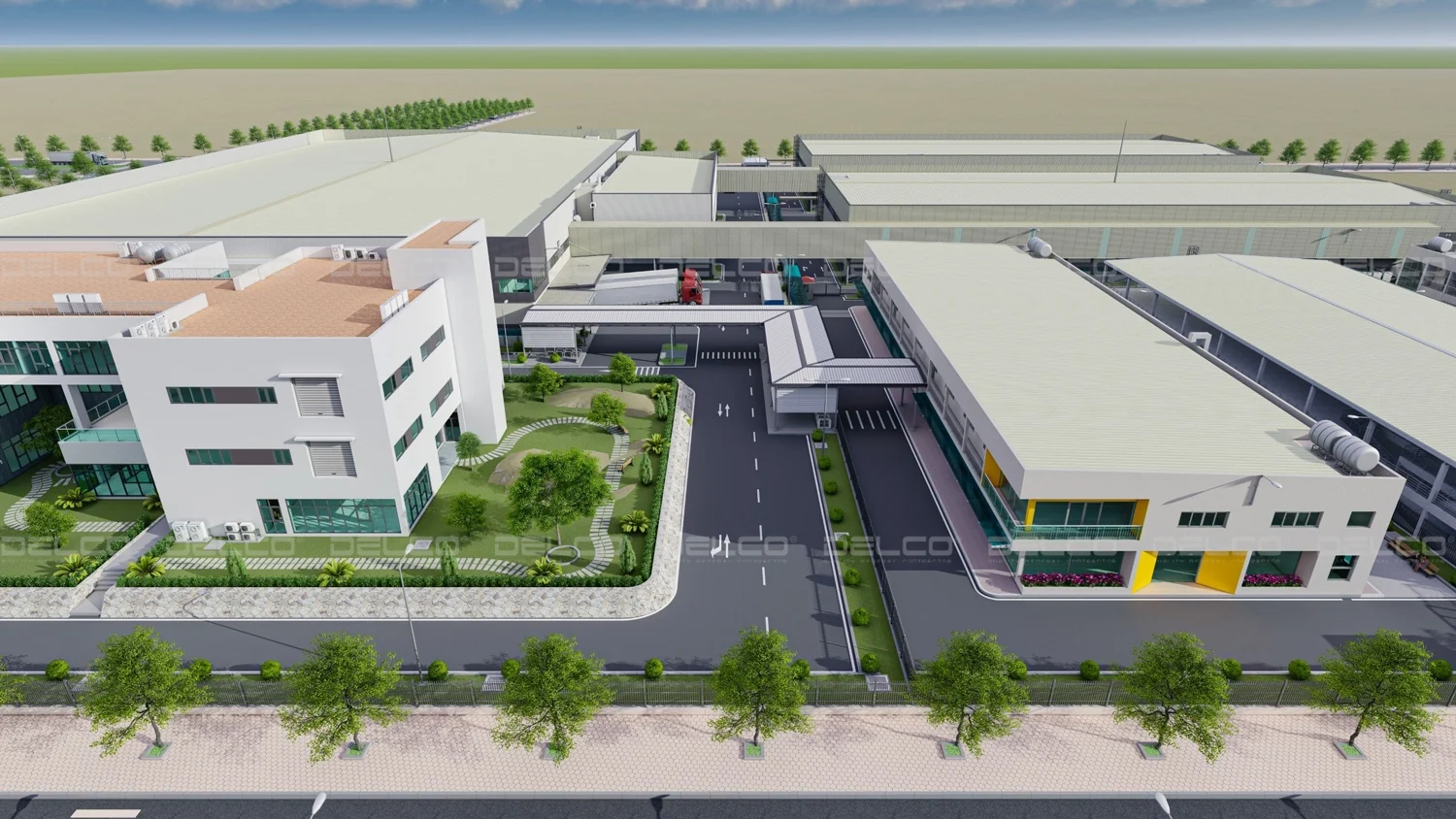In the fast-moving world of manufacturing and production, the role of a factory architect is often underestimated. Yet, their work is foundational to a facility’s success. Factory architects specialize in designing environments where industrial processes, safety, sustainability, and operational efficiency come together in a carefully planned space.
From automotive plants to pharmaceutical manufacturing, a factory is not just a building—it’s a dynamic system. Factory architects are the strategic thinkers who ensure that every square foot supports productivity, compliance, and future adaptability.
1. Designing Around Industrial Workflows
The core task of a factory architect is to design a layout that aligns with the specific workflow of the plant. This includes:
- Material and personnel flow
- Machinery placement
- Logistics areas (loading/unloading zones)
- Assembly line integration
By optimizing layout and circulation, they eliminate bottlenecks, reduce downtime, and improve safety—all essential for smooth operations.
2. Planning for Safety and Regulatory Compliance
Industrial environments come with significant safety risks, and compliance with building codes, environmental regulations, and occupational health standards is mandatory.
Factory architects incorporate:
- Fire exits and suppression systems
- Emergency access and egress points
- Proper ventilation and air filtration
- Separation of hazardous and non-hazardous zones
This proactive approach ensures a safer work environment and reduces the risk of costly compliance issues later.
3. Building for Durability and Maintenance
Factories endure intense wear and tear. Architects select materials and construction methods that withstand:
- Heavy machinery vibrations
- Harsh cleaning chemicals
- Temperature fluctuations
- Frequent foot and vehicle traffic
Durable design doesn’t just protect infrastructure—it reduces long-term maintenance costs and extends the building’s usable life.
4. Incorporating Sustainability and Efficiency
Today’s factories are expected to be energy-efficient and environmentally responsible. Factory architects integrate sustainable design principles, including:
- Natural lighting and ventilation
- High-efficiency HVAC systems
- Insulation and thermal management
- Water conservation and reuse systems
These features help companies lower operating costs and meet green certification goals such as LEED or BREEAM.
5. Enabling Automation and Digital Integration
As Industry 4.0 reshapes industrial facilities, factory architects are designing spaces that support digital transformation. This includes accommodating:
- Automated conveyor systems
- Robotic workstations
- IoT-connected equipment
- Centralized control rooms
The facility must support current technology and allow for easy upgrades as operations evolve.
6. Coordinating with Multidisciplinary Teams
Factory projects involve engineers, contractors, safety officers, and project managers. Factory architects often serve as the central coordinator, translating technical needs into architectural solutions and ensuring smooth communication among all stakeholders.
Their project management skills help keep large-scale projects on time, on budget, and within scope.
Midway through planning a modern industrial facility, many companies turn to experts like usine architects Stendel + Reich. Their specialized experience in factory and industrial architecture enables them to deliver high-performance facilities that are compliant, scalable, and aligned with the latest innovations in manufacturing and automation.
7. Designing for Expansion and Flexibility
Factories must adapt to changing technologies, market demands, and production methods. A factory architect plans for growth by:
- Allowing space for future production lines
- Using modular design elements
- Creating utility corridors that can support added load
- Planning expansion zones and scalable infrastructure
This future-proofing saves significant time and costs down the road.
Conclusion
A factory architect is far more than a designer—they are a strategic partner in building a functional, compliant, and future-ready industrial space. From safety and sustainability to automation and scalability, their expertise ensures that your facility isn’t just a building, but a high-performance asset. Working with seasoned professionals like usine architects Stendel + Reich guarantees a thoughtful, resilient approach to industrial design that supports your success from the ground up.







